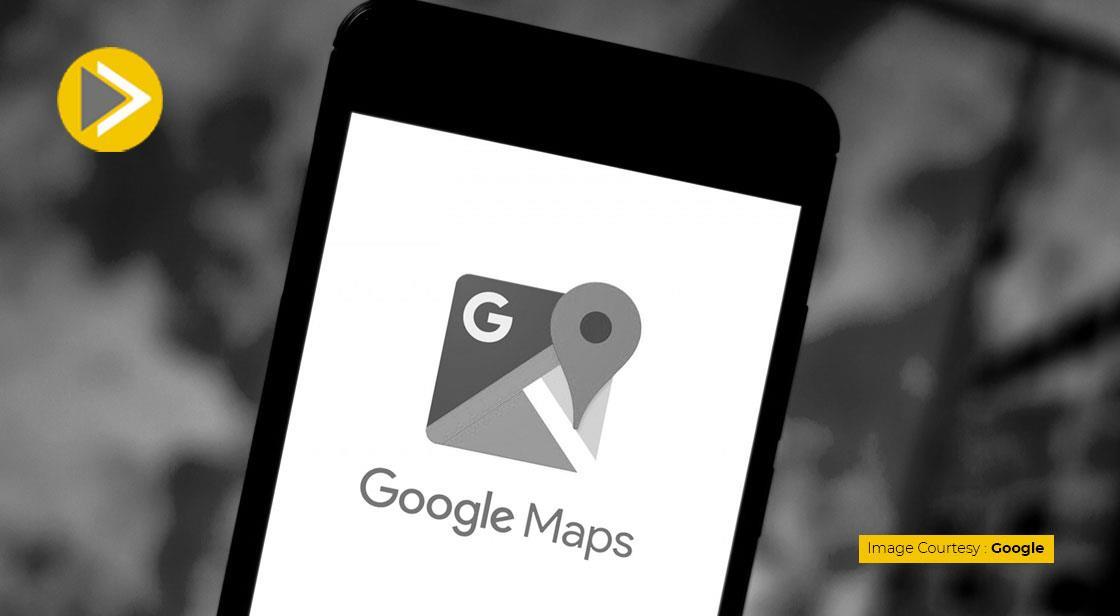Google Maps to Store Location Data Locally: What You Need to Know

News Synopsis
In a significant move towards user privacy, Google Maps is transitioning from storing your location history on its servers to a more secure approach – on your own device. This change coincides with the renaming of the "Location History" feature to "Timeline," encompassing your visited places, restaurants, and more.
Importance of Updating Settings of Google Maps
Google Maps Email Notifications
According to a report by 9to5Google, the company will notify users via email when the new feature becomes available. The email will state, "If you don't update your settings by the deadline in the emails and notifications you receive, you may lose some or all of your Timeline data, like your visits and routes." Therefore, it is crucial for users to update their settings promptly to avoid losing any valuable Timeline data.
Google Maps Auto Delete Feature
Users can also enable the auto-delete feature for location history. To use the new Timeline feature, simply open Google Maps on your mobile phone, click on the picture in the top-right corner, and tap on "Your Timeline." Users can then choose whether they want to keep their location data until manually deleted or set a time span after which Google will automatically delete the data. The available options are 3 months, 18 months, and 36 months.
Why This Matters for Users
Google emphasizes enhanced user privacy and data security with this update. While Google Cloud services are secure, storing data on your device offers greater control over your information. This feature is available for both Android and iOS users.
Update Your Settings to Avoid Losing Data
According to a 9to5Google report, users will receive emails notifying them when the feature becomes available. These emails will highlight the importance of updating settings to avoid losing Timeline data such as past visits and routes.
How to Manage Your Timeline with Automatic Deletion?
The new Timeline feature offers users the ability to manage their location data with an auto-delete function. Here's what you need to do:
-
Open the Google Maps app on your mobile phone.
-
Click on your profile picture in the top right corner.
-
Select "Your Timeline."
-
Choose your preferred data retention period:
-
Keep data until manual deletion
-
Automatic deletion after 3 months
-
Automatic deletion after 18 months
-
Automatic deletion after 36 months
-
Global Rollout Expected Soon
This privacy-focused update is expected to roll out to all Google Maps users globally in the near future.
Latest Google Maps updates for 2024
Privacy and Security:
On-Device Location Storage (June 2024)
A major shift towards user privacy! Google Maps is transitioning from storing your location history on its servers to a more secure approach – on your own device. This change coincides with the renaming of the "Location History" feature to "Timeline." Users can choose to keep their data indefinitely, or set automatic deletion periods (3, 18, or 36 months).
Improved User Experience:
Timeline Feature Enhancements (Expected Soon)
Building upon the Timeline introduction, Google is expected to roll out further functionalities. This might include improved search and filtering capabilities within your Timeline data, making it easier to find specific locations or revisit past trips.
Summer Travel Updates (May 2024):
Making trip planning a breeze, Google Maps introduced curated lists of restaurants, shops, and attractions for various cities across the U.S. and Canada. These lists are sourced from trusted sites like The Infatuation and Lonely Planet, alongside user-generated recommendations from the Google Maps community.
Navigation and Functionality:
New Map Style (Between May 2024 and March 2025):
For developers using Google Maps Platform APIs and SDKs, a new map style is being rolled out with a fresh color palette, improved map experiences, and better usability. Developers can opt-in to the update earlier or wait for the automatic switch in March 2025.
These are just some of the most noteworthy updates for Google Maps in 2024. As the year progresses, we can expect to see even more features and functionalities rolled out, focusing on user privacy, improved navigation, and a richer user experience.
You May Like









